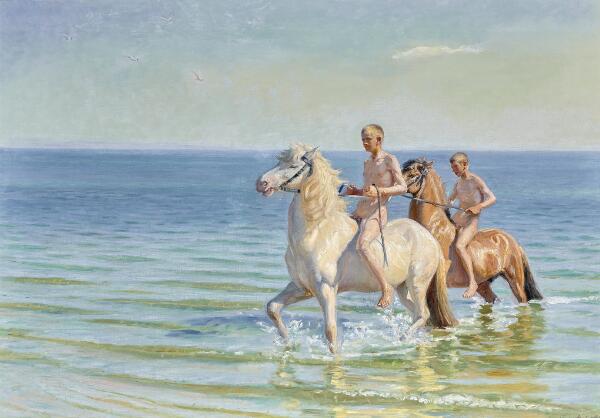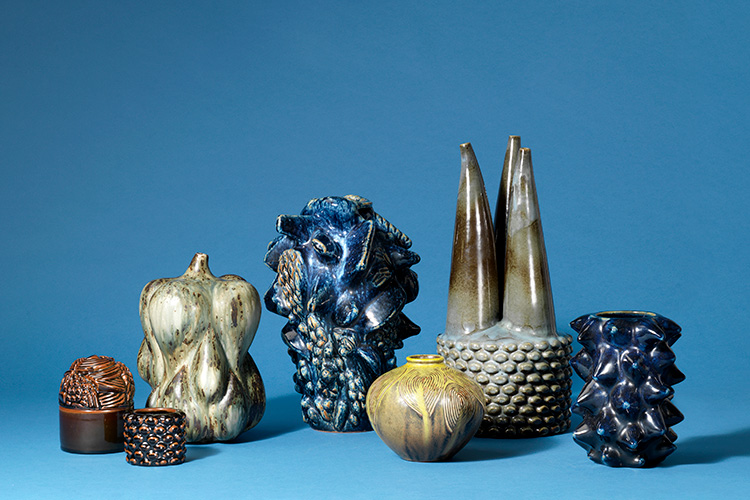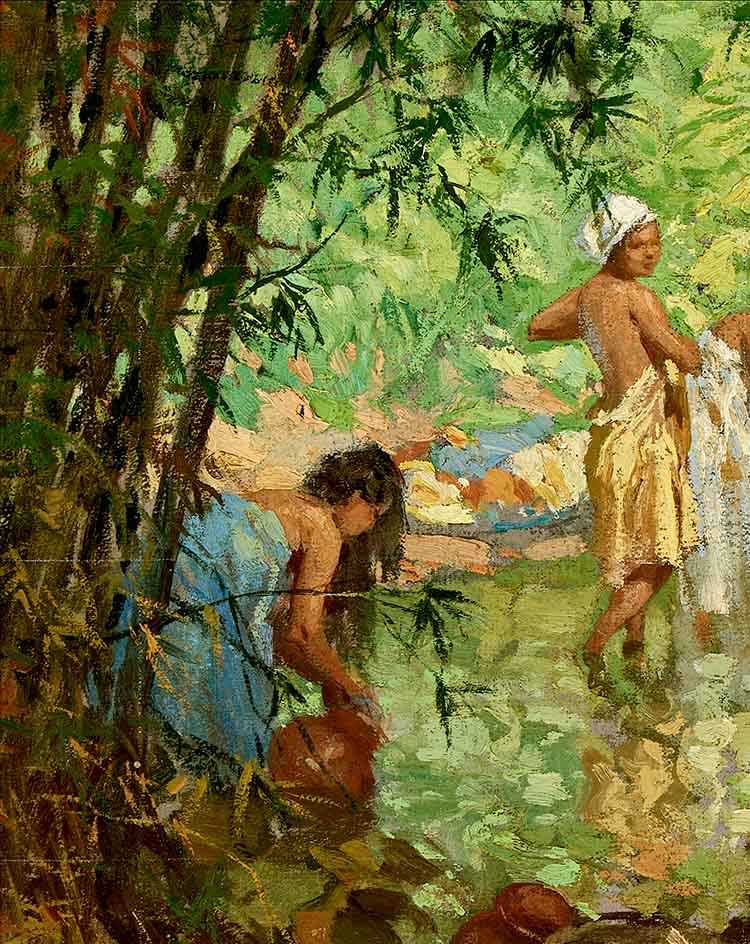Fernando Amorsolo – The Grand Old Man of Philippine Art
Fernando Amorsolo stands as a pivotal figure in Philippine art, known especially for his evocative, light-filled portrayals of the Philippine landscape, rural life and cultural traditions. On 17 September, one of his internationally coveted works depicting bathing women will be going under the hammer at the Live Auction.
Fernando Amorsolo (1892–1972) achieved widespread acclaim both at home and abroad during his lifetime. At the peak of his artistic career, he exhibited extensively, both in the Philippines and internationally, including in New York, Rome, and Brussels. He also earned the moniker “The Grand Old Man of Philippine Art”.
Sunny Beaches and Filipino Beauties
Amorsolo’s career unfolded during a period of major change in the Philippines. The island state, which had previously been a Spanish colony, transitioned to American governance in 1898. He pursued the lifestyle familiar from his rural childhood, as yet untouched by the influence of American culture. While Amorsolo drew inspiration from the art of the Western world, the Philippine landscape, traditional culture, customs and trades remained his primary focus. He painted bright, pastoral and sun-drenched vignettes of everyday life in the Philippine countryside, such as peasants harvesting rice, cooking, picking mangoes, doing the laundry in the river, at festive gatherings and at markets. Amorsolo also focused on Philippine beauty ideals, developing an archetype known as the “dalagang Filipina” – a woman embodying his vision of quintessential Filipino beauty, which appeared in many of his works.
“Bathing women are one of Amorsolo’s most beloved motifs. He has painted several of these idyllic scenes depicting women washing themselves in a river surrounded by lush nature. In this work, the sun-dappled river occupies the centre of the composition, and Amorsolo has captured the women’s reflections on the surface of the water using vibrant, animated brushstrokes. The foreground is cloaked in darkness, while streaks of sunlight filter through the trees, casting warm orange glints of light on the rocks and the seated woman.”
Sofie Normann ChristensenSpecialist in Fine Art at Bruun Rasmussen
Upbringing and Education
Fernando Amorsolo spent his early years in rural Daet. Following the death of his father, he relocated with his family to Manila, where they lived with his uncle Fabián de la Rosa (1869–1937), a respected artist in his own right. At the age of 13, Amorsolo began his artistic training as an apprentice under his uncle’s guidance. He furthered his education at The Art School of the Liceo de Manila before gaining admission to the University of the Philippines’ School of Fine Arts, from which he graduated with distinction.
The Light of the Sun and European Inspiration
After completing his studies, Amorsolo worked as an artist for the Pacific Commercial Company and served as an illustrator for the Bureau of Public Works. He also taught at the School of Fine Arts, University of the Philippines, eventually becoming the head of the same institution from 1938 to 1952.
In 1916, Amorsolo received a pivotal opportunity when businessman and patron of the arts Enrique Zóbel de Ayala awarded him a travel grant to study at the Academia de San Fernando in Madrid. During the months he spent in Madrid, Amorsolo visited the city's museums to study the art that inspired him. He drew inspiration from diverse sources, including Baroque master Diego Velázquez (1599–1660), French Realists and Impressionists such as Édouard Manet (1832–1883) and Claude Monet (1840–1926), and contemporary Spanish artists such as Ignacio Zuloaga (1870–1945) and Joaquín Sorolla (1863–1923). Sorolla’s mastery of sunlight to create dramatic effects and contrasts particularly captivated Amorsolo. During his stay in Madrid, he refined and developed his own technique, based on what he observed.
Amorsolo became known for his skilful handling of light and his ability to capture the interplay between light and shade in his paintings. He used chiaroscuro and backlighting to accentuate his figures, bathing them in a special glow. These techniques are what particularly set Amorsolo apart from his Filipino contemporaries and are widely regarded as one of his greatest contributions to Philippine painting.
|
|
The Quintessence of Philippine Culture
Amorsolo also painted portraits and self-portraits, as well as wartime paintings during World War II. Having gained independence in 1946, following World War II, the nation sought to forge its own cultural identity. Amorsolo’s works, viewed as quintessentially Philippine, played a crucial role in this process. His paintings have since been widely reproduced in textbooks, magazines, newspapers, tourist brochures and advertisements. Amorsolo garnered numerous accolades and awards, among them the Gold Medal of Recognition from the UNESCO National Commission. Shortly after his death in 1972, Amorsolo became the first ever recipient of the National Artist of the Philippines award, an honour bestowed upon him posthumously.


For further information, please contact
|
|
Julie Arendse VossJulie Arendse VossHead of department / 19th Century & Old Master Paintings / København |
|
|
Sofie Normann ChristensenSofie Normann ChristensenSpecialist / 19th Century & Old Master Paintings / København |


